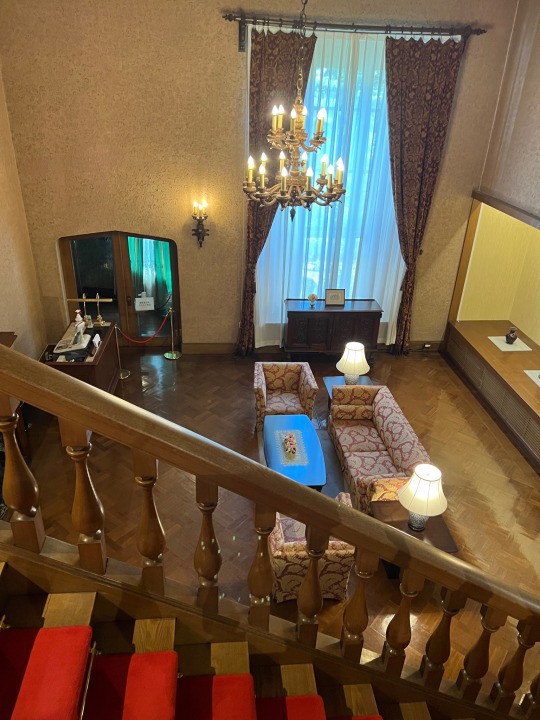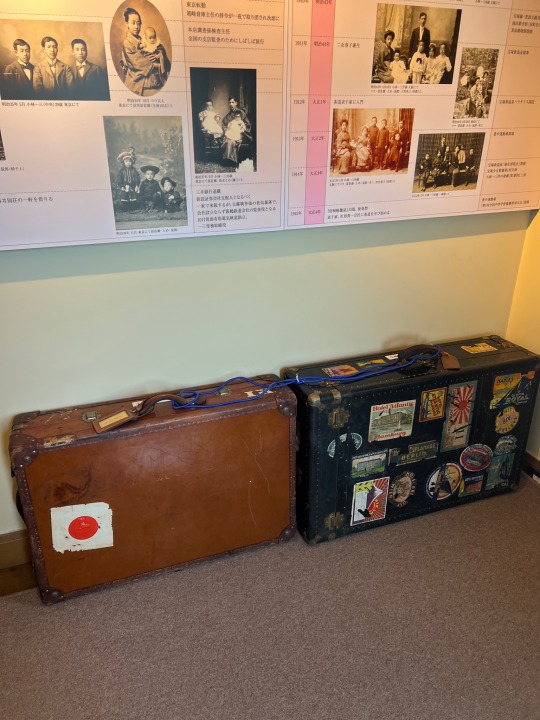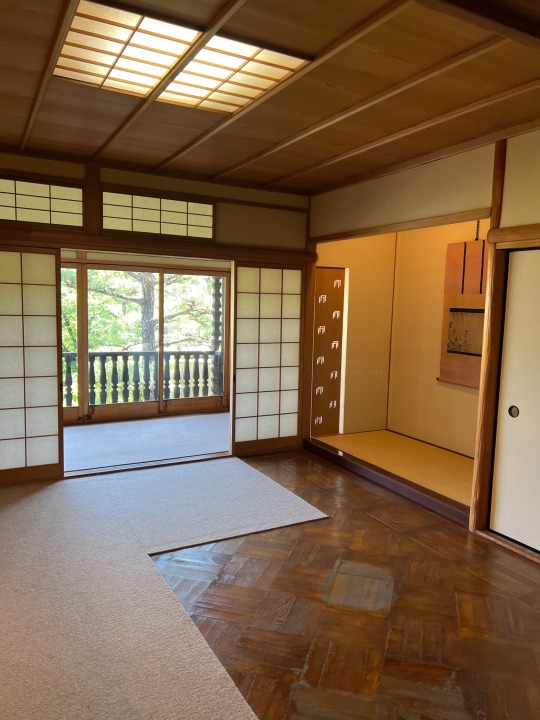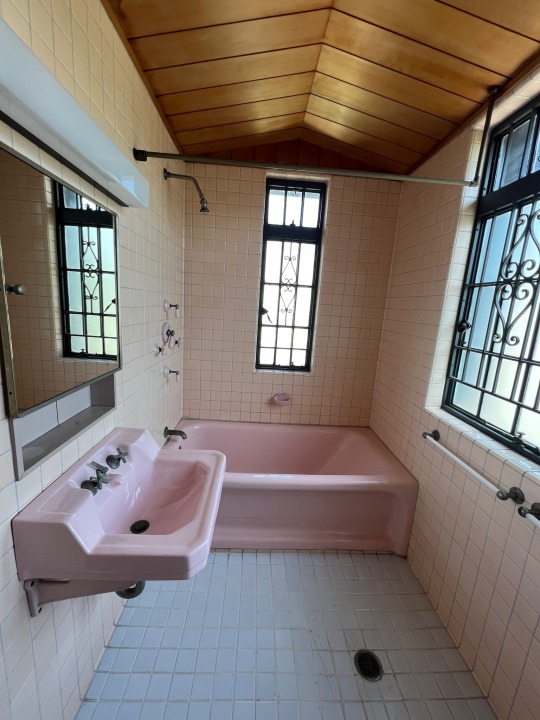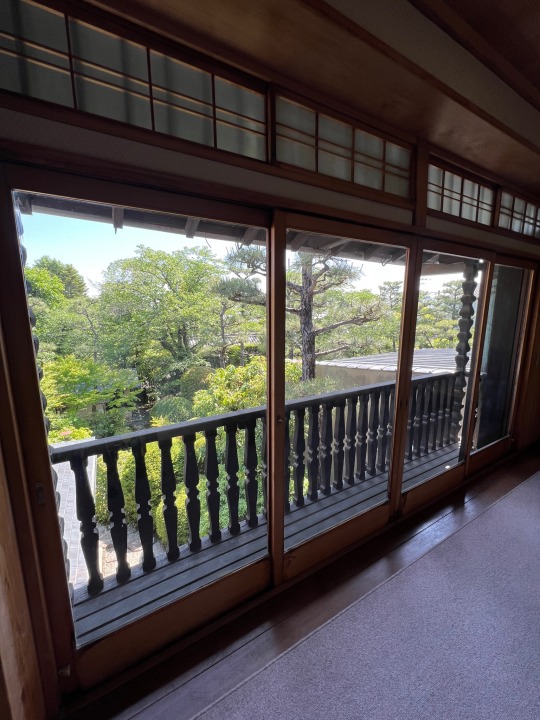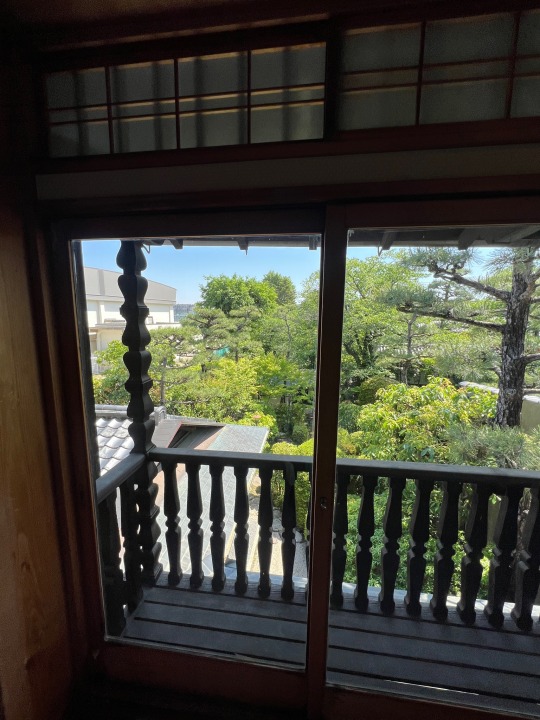#昭和館
Photo
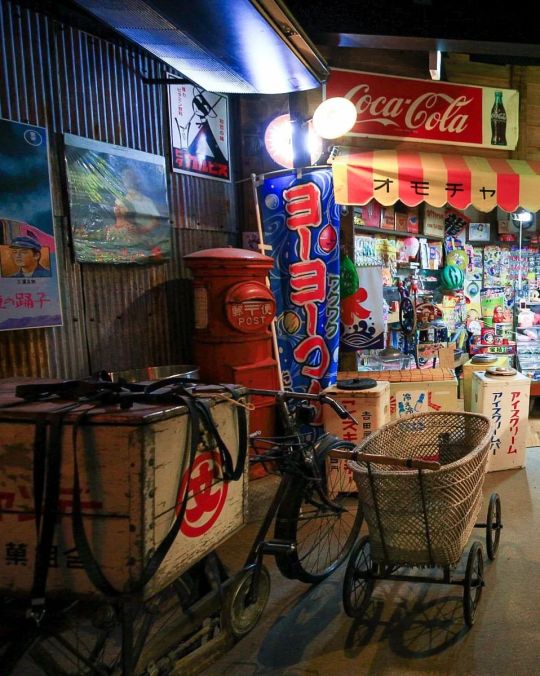
【大分県】湯布院昭和館 . (2020/02/18撮影) . #湯布院昭和館 #昭和館 #昭和感 #昭和ノスタルジー #湯布院 #大分観光 #大分旅行 #湯布院観光 #昭和感満載 #昭和好きな人と繋がりたい #旅行 #日本旅行 (湯布院昭和館) https://www.instagram.com/p/CkTKG-YvZ0l/?igshid=NGJjMDIxMWI=
6 notes
·
View notes
Text

Suehiro Maruo’s illustration for Gurugurueigakan. This man really has done so much work for so many cool bands…
#suehiro maruo#angura#gurugurueigakan#vkei#vkeiband#vkei art#visual kei#vk#丸尾末広#アングラ#アングラ系#エロフロ#eroguro#v系#ヴィジュアル系#密室系#misshitsu kei#昭和歌謡系#showa kayou kei#グルグル映晝館
86 notes
·
View notes
Text

Capítulo 2: El camino hacia el enigma
-
Sean bienvenidos, japonistasarqueológicos, al siguiente capítulo de las ruinas Weda en el capítulo anterior estuvimos hablando de donde se localiza el asentamiento, cuáles son los ríos que lo rodean el emplazamiento, de cuando data el mismo y cuando se empezó a cultivarse el arroz. También comentamos que había misterios desde los periodos Yayoi tardío al Kofun, ya que había pocos asentamientos continuos, pero sí que hay del periodo Heian.
-
La primera prospección fue llevada a cabo en 2013, dichos resultados no arrojaron luz suficiente a los restos para una mayor comprensión del asunto expuesto. Habría que esperar a la segunda para qué arroja nuevas esperanzas, la cual se descubrieron restos de viviendas en foso del siglo IX d.c¿Qué se encontraron? Los restos que salieron fueron los siguientes: Un horno de herrería, con una estufa de cocina, ambos restos arqueológicos fueron tanto como un taller y una residencia.
-
También se encontró una fosa con una zanja que rodeaba el asentamiento, se ha excavado un producto de cobre con forma de pájaro la fecha y el propósito de su elaboración no está resuelto, todavía esperemos que próximos estudios arrojen luz a los restos y al yacimiento.
-
Espero que os haya gustado y nos vemos en próximas publicaciones de arqueología e historia de Japón.
-
第2章:謎への道
-
日本の考古学者の皆さん、ウェダ遺跡の次の章へようこそ. 前の章では、集落がどこにあるのか、その場所を囲む川は何か、稲作が始まったのはいつから、いつ始まったのかについて話しました.弥生時代後期から古墳時代にかけての謎もあり、連続した集落は少ないが、平安時代のものはある。
-
最初の調査は 2013 年に実施されましたが、これらの結果は、露出した物質をよりよく理解するのに十分な光を遺物に当てはめませんでした。新たな希望を与えてくれる第二の発見を待つ必要があり、西暦 9 世紀の堀の住居跡が発見されました。出てきた遺跡は次のとおりです。 鍛冶屋のオーブン、キッチンストーブ、両方の考古学的遺跡はワークショップと住居の両方でした.
-
集落を取り囲む溝付きの穴も発見され、鳥の形をした銅製品が発掘されましたが、その精緻化の年代と目的は解決されていません。とサイト。
-
あなたがそれを気に入ってくれて、日本の考古学と歴史の将来の出版物でお会いできることを願っています.
-
Chapter 2: The path to the enigma - Welcome, Japanesearchaeologicalists, to the next chapter on the Weda ruins. In the previous chapter we were talking about where the settlement is located, what are the rivers that surround the site, when it dates back and when rice began to be cultivated. We also commented that there were mysteries from the late Yayoi to the Kofun periods, since there were few continuous settlements, but there are from the Heian period. -
The first survey was carried out in 2013, these results did not shed enough light on the remains for a greater understanding of the matter exposed. We would have to wait for the second one to shed new hope, in which remains of moat dwellings from the 9th century AD were discovered. What were they found? The remains that emerged were the following: A blacksmith's oven, with a kitchen stove, both archaeological remains were both a workshop and a residence.
-
A grave with a ditch that surrounded the settlement was also found, a copper product in the shape of a bird has been excavated, the date and purpose of its production is not resolved, we still hope that future studies will shed light on the remains and the site.
-
I hope you liked it and see you in future publications on archeology and history of Japan.
ソース写真/source photo:https://naganomaibun.or.jp/research/east/和田遺跡・和田1号塚/
#日本#考古学者#考古学#ユネスコ#日本の歴史#日本原史#古代世界日本#遺跡#考古学調査#和田遺跡#長野県#梓川#鎖川#稲作#故弥生#後期古墳プレードド#昭和だった#明治時代#住居跡と工房#鳥の形をした銅製品。#太子堂#マルヒロ#考古学博物館#Japan#archaeologist#archaeology#unesco#NaganoPrefecture#Azusariver
36 notes
·
View notes
Text

特別展 昭和モダーン モザイクのいろどり 板谷梅樹の世界
開催期間 2024.08.31土~2024.09.29日
開催場所 泉屋博古館東京(東京・六本木)
モザイク画をきちんと観たのは、これが初めてかもしれない。工芸品の細工に少し取り入れられていたり、建物のタイルに組み込まれていたり、断片的にしか観てこなかった。
「昭和モダン」「帯留」というキーワードに惹かれて数年ぶりの泉屋懐古館。
好きな近代建築と同じく、やはり昭和初期の作品が好きだ。
ポストカードが無く残念だったが、飾盆の青い兎、帯留めとカフスボタンなど、小さなものに惹かれる。本来は壁画のような大型作品でこそ味わい深いのかもしれない。小さいものだと、美術品というより工藝品のようなイメージだろうか。
代表作の日劇の壁画は現存しない。保管についても大変だと思うが、タイル画なので重さが半端ないのだろう。
解体の様子が会場内のビデオ映像で見ることができるが、解体の様子は建物でも嫌いで、最後まで見ず席を立った。
本展では、小川三知のステンドグラスが2点観れますよ!
梅樹が三知の工房に出入りしていた関係で(おそらく影響を受けて…)、参考作品として展示がを観ることができたのは、思いがけず嬉しい。
代表作で現存する大型作品の「三井用水取入所風景(みいようすいとりいれじょふうけい)」(昭和29年)のみが入口にて、撮影可能。
父で陶芸家の波山の作品も多数あったが、エキゾチックなモザイク画の方が好きだ。

2 notes
·
View notes
Text

旅館「中川荘」外観。佐賀県嬉野温泉にて。木製のガラス窓の枠も現代ではほぼ施工例がなくなっているだろう。また、卒塔婆を並べたような目隠しも絶滅的な施工例だが、昭和40~50年代のこどもの頃にはよく見かけていた。
2 notes
·
View notes
Text
映画館。

日本の古い映画館です(架空の映画館)
※全部、オリジナルの絵で描きました。
11 notes
·
View notes
Text
てくてく通信
〜昭和写真館〜
てくてくでは、体操や回想法で度々昭和の話題で盛り上がります😊
昭和の激動を生活してきたご利用者様に、いつでも昔の事を懐かしんだり、思い出して頂きたく、〝ふ〟とした時に目が行きやすい場所に『昭和写真館』コーナーを作成しています📷
昔の事を思い笑顔になる様、写真館も更新してます🎞️✨
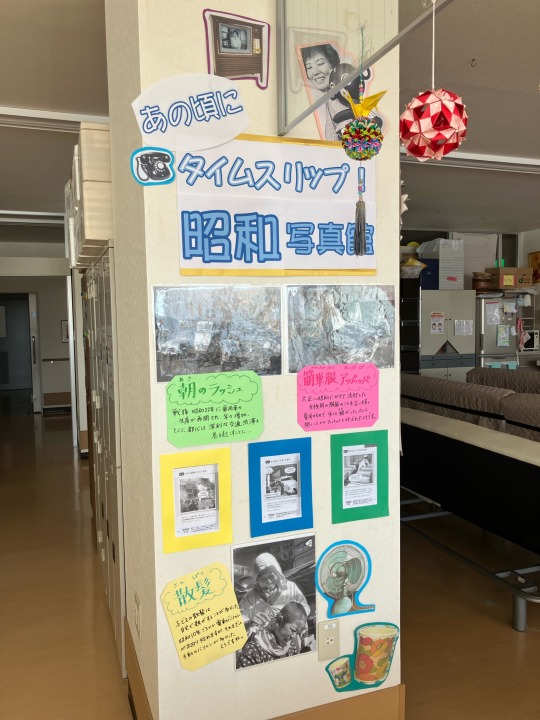

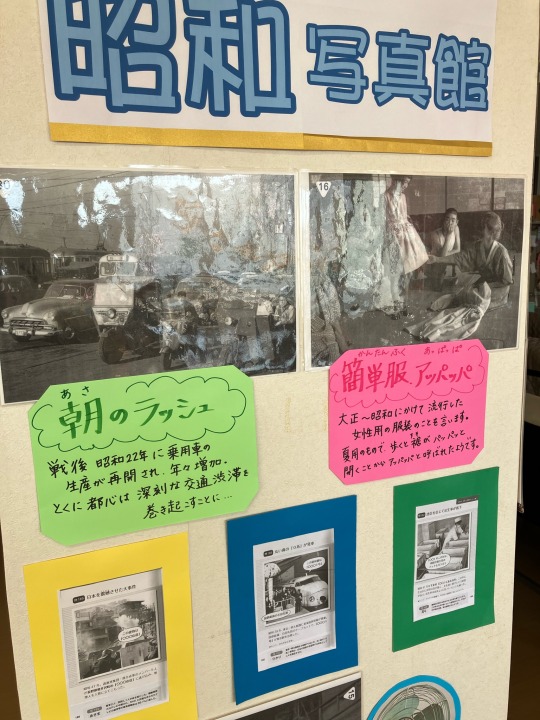

2 notes
·
View notes
Text
08/01/2023 part1
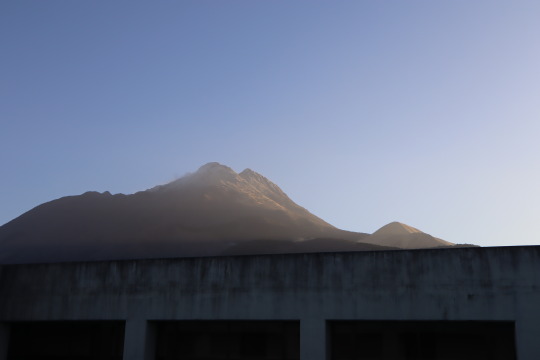
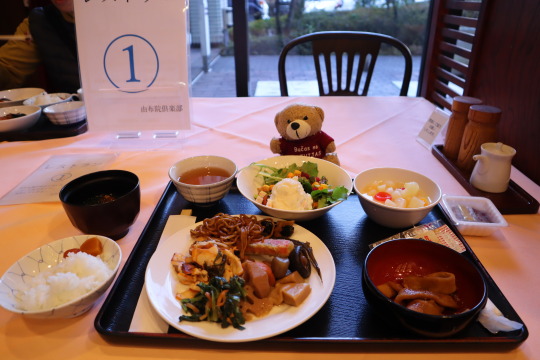
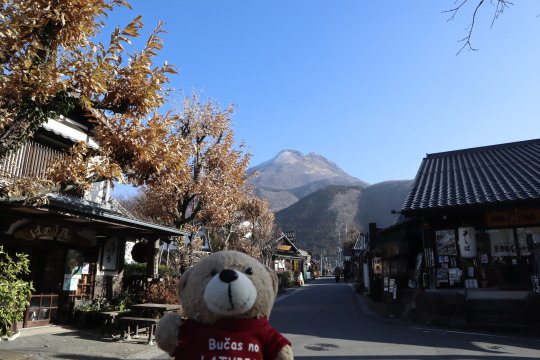
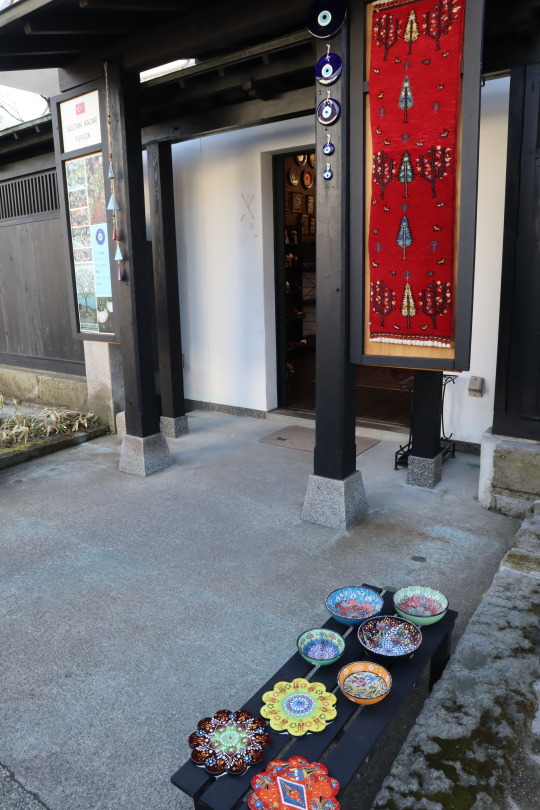


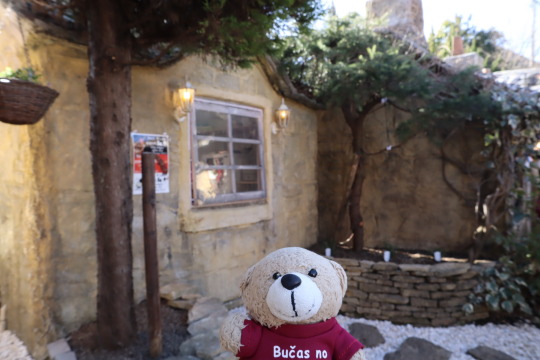
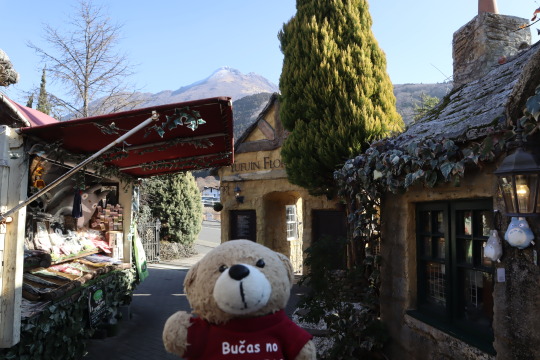
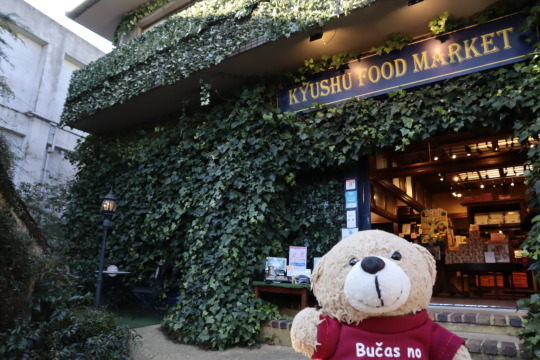
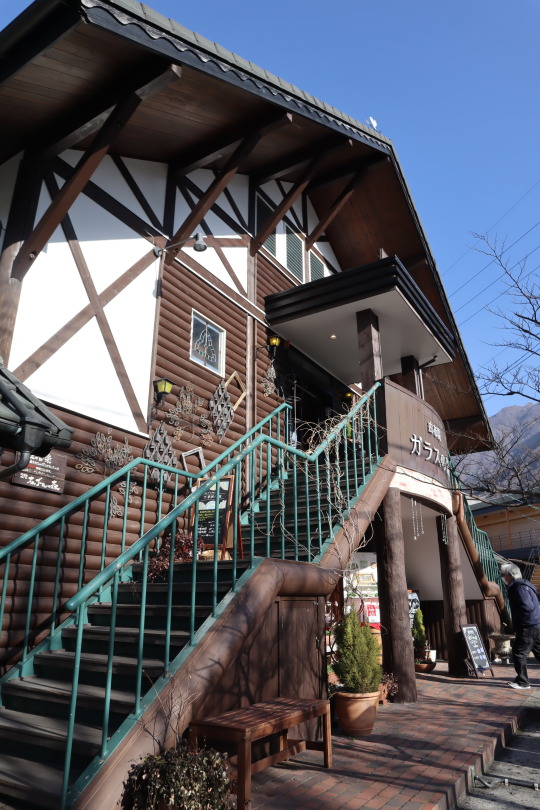


#photography#備忘録#japan#kyushu#oita#yufuin#由布院倶楽部#由布岳#Mt. Yufu#スルタンバザール#トルコ雑貨#湯の坪街道#湯布院フローラルビレッジ#由布院オルゴールの森#湯布院昭和館#ハリーポッターの世界(らしい)#コッツォルズ地方を再現#reminder
21 notes
·
View notes
Photo

American Style Diner
Location: Kaiko-Hiroba Intersection, Yokohama, Japan
Timestamp: 18:36 March 15, 2023
Since 2016, Penny's Diner has been serving up American-style hamburgers from its location in the Yokohama Boeki-Kaikan building.
Although the diner has an aesthetic reminiscent of 1950s America, what caught my attention is the historic building it's situated in.
The Yokohama Boeki-Kaikan building was constructed in 1929 as the headquarters for the Yokohama Trade Association, during the period of recovery following the devastating Great Kanto Earthquake of 1923.
It's noteworthy that the building not only withstood the bombings of World War II but also still stands today, along with two other pre-war buildings on the same street near Yamashita Park and Osanbashi Pier.
Fujifilm X100V (23 mm) with 5% diffusion filter
ISO 80 for 15.0 sec. at ƒ/11
Classic Chrome film simulation
#ストリートスナップ#横浜#山下公園通り#昭和レトロ#横浜貿易会館#景観写真#pix4japan#Fujifilm X100V#street photography#Japan#Yokohama#Port of Yokohama#Yokohama Boeki-Kaikan building#Penny's Diner#Showa Era
9 notes
·
View notes
Text
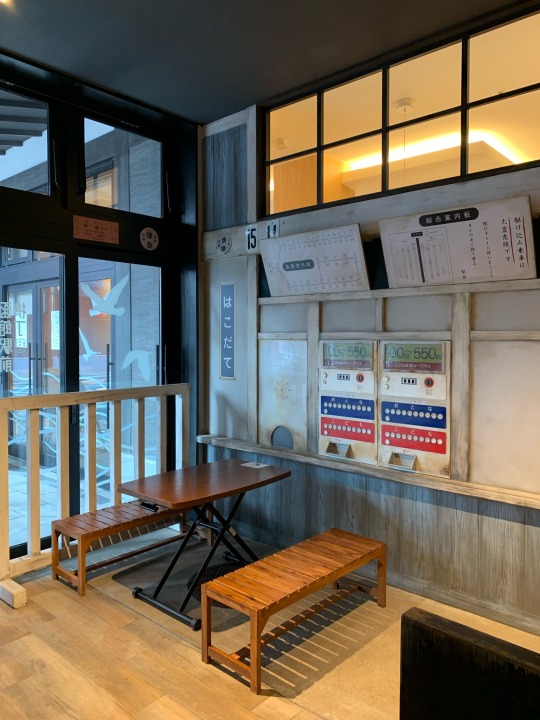
2 notes
·
View notes
Photo

【昭和52年(1977年)頃】
柔道部(『卒業アルバム1978』より)
2 notes
·
View notes
Photo

【大分県】湯布院昭和館 . (2020/02/18撮影) . #昭和館 #湯布院昭和館 #昭和レトロ #昭和館で昭和感 #昭和な感じ #昭和 #湯布院 #由布院 #大分県 #旅行 #日本旅行 #国内旅行 (湯布院昭和館) https://www.instagram.com/p/CkQmYpvv8IC/?igshid=NGJjMDIxMWI=
6 notes
·
View notes
Text
充滿著濃濃島津氏氛圍的都城市之中,能見證島津發祥地都城的歷史,更能感受昭和天皇下榻時生活脈絡的「都城島津邸」!
#巡日#旅行#出國#昭和天皇#島津久寬#都城島津邸#島津發祥地#都城#宮崎#宮崎自由行#九州#巡日旅行攝#Japan#Travel#MIYABI#伝承館#本宅#みやこのじょう#みやざき#にほんこく#RoundtripJp
1 note
·
View note
Text

CAPÍTULO 1 INTRODUCTORIO:
Sean bienvenidos japonistaarqueológicos, a una nueva entrega de la serie arqueológica de la ciudad de Matsumoto en la prefectura de Nagano, las ruinas que nos acompañarán a lo largo de estos tres capítulos son las ruinas de Weda¿Qué son estas ruinas? ¿De qué periodo tratan? ¿Dónde se localizan exactamente? Todas estas preguntas y más nos van a ir acompañando a lo largo de estas publicaciones pónganse cómodos que empezamos.
-
las ruinas las podemos localizar en el emplazamiento suroeste de la ciudad de Matsumoto en un abrigo aluvial ¿Qué dos ríos son lo que podemos localizar? ¿Cuáles son sus nombres? Los ríos se llaman Azusa y Kusari, la arqueología ha demostrado que no hubo asentamientos que continuarán desde los periodos Yayoi tardío y el periodo Kofun¿Cuándo empezaron a plantar arroz? Se estima que sería a finales del siglo VII d.c.
-
¿Qué opinan ustedes al respecto? ¿Conocían el emplazamiento? Espero que os haya gustado, nos vemos en próximas publicaciones.
導入第 1 章:
長野県松本市の考古学シリーズの新作、ジャポニスタ考古学へようこそ、この3つの章でお供する遺跡は、ウェダ遺跡です.この遺跡は何ですか?彼らはどの時代についてですか?それらは正確にはどこにありますか?これらすべての質問とその他の質問は、これらの出版物全体で私たちに付随します。快適にして、始めましょう.
-
松本市の南西部に位置する沖積シェルター内にある遺跡を見つけることができます.2つの川を見つけることができますか?それらの名称は何ですか?梓川と鎖川と呼ばれる川ですが、考古学的には弥生時代後期から古墳時代にかけて集落が続いていなかったことが考古学的にわかっていますが、田植えはいつ頃から始まったのでしょうか。 7世紀末頃と推定されています。
-
あなたはそれについてどう思いますか?彼らは場所を知っていましたか?気に入っていただければ幸いです。今後の出版物でお会いしましょう。
-
INTRODUCTORY CHAPTER 1:
Welcome to japonistaarchaeological, to a new installment of the archaeological series of the city of Matsumoto in Nagano prefecture, the ruins that will accompany us throughout these three chapters are the Weda ruins. What are these ruins? What period are they about? Where exactly are they located? All these questions and more will accompany us throughout these publications, make yourself comfortable, let's start.
-
We can locate the ruins in the southwestern location of the city of Matsumoto in an alluvial shelter. What two rivers can we locate? What are their names? The rivers are called Azusa and Kusari, archeology has shown that there were no settlements to continue from the late Yayoi periods and Kofun period, when did they start planting rice? It is estimated that it would be at the end of the 7th century AD.
-
What do you think about it? Did they know the location? I hope you liked it, see you in future publications.
ソース写真/source photo:https://naganomaibun.or.jp/research/east/和田遺跡・和田1号塚/
#日本#考古学者#考古学#ユネスコ#日本の歴史#日本原史#古代世界日本#遺跡#考古学調査#和田遺跡#長野県#梓川#鎖川#稲作#故弥生#後期古墳プレードド#昭和だった#明治時代#住居跡と工房#鳥の形をした銅製品。#太子堂#マルヒロ#考古学博物館#Japan#archaeologist#archaeology#unesco#NaganoPrefecture#Azusariver
20 notes
·
View notes


